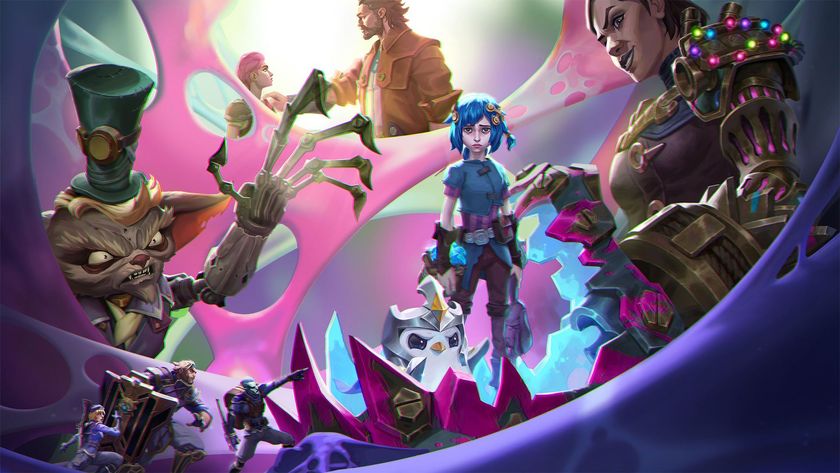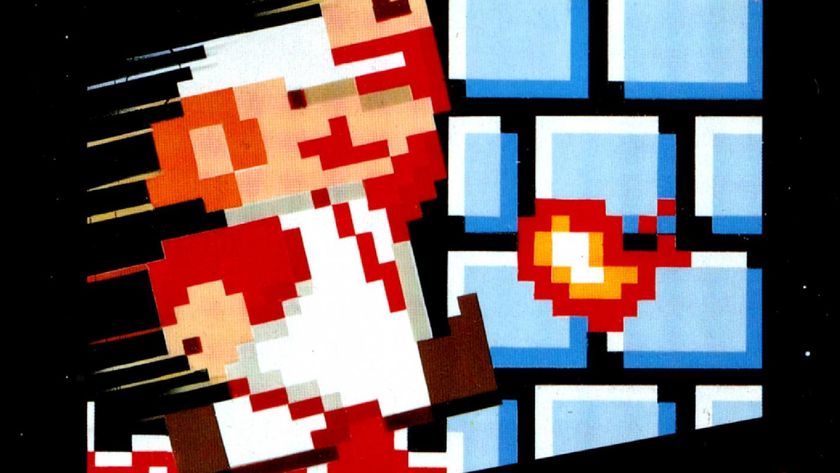Here's your personal E3 hype survival guide

Rise above the hype
On the Media's Breaking News Consumer's Handbook is a frank, concise set of guidelines to remember whenever you're trying to parse developing events from the modern diaspora of information sources. Of course, confusing, conflicting sources aren't nearly as common in video games, where much of the story proceeds in an orderly fashion based on whatever information game companies decide to dole out.
But that doesn't mean you should take everything you see at face value. Inspired by OTM, Ive decided to offer some tips to help you rise above the hype cycle, starting with its dubstep-throbbing heart: trailers. By the time you're done with this guide, you'll be ready to enjoy E3 - which is like Christmas, New Year's Eve, and a stock market opening ceremony rolled into one for hype - with high hopes and pragmatic expectations.

Drawing gameplay conclusions from a CGI trailer is folly
Pre-rendered trailers have been a fixture of video game marketing for decades, but up until recent years they've been more of a proof-of-concept than a potential source of confusion. Unfortunately, as gaming visuals creep closer and closer toward photo-realism, it's become easier to mix them up with actual scenes of gameplay, or at least to conclude that they're real parts of the game with an extra layer of post-production polish.
That's not a safe assumption, and trying to draw any conclusions about a game beyond basic stuff like "this is what the protagonist looks like" and "she fights with a gun / sword" from a trailer produced by people otherwise uninvolved with the game is a bad idea. Watch this Blur Studio animation reel to get a better feel for what state-of-the-art CGI trailers can look like.

Don't get swept up in the little visual details
Even if you're certain that you're seeing a game in motion, don't assume it's the game you'll actually get to play. Much can change between an impressive reveal video and release, as was infamously demonstrated by Watch Dogs: the actual game, which released in May 2014, was notably less visually impressive than the live demonstration Ubisoft gave two years earlier.
It's unlikely that Ubisoft was actually trying to deceive anyone with that first gameplay demonstration. But the subtle elements that make those kinds of visuals so impressive, like soft, ambient lighting, are also the first to fall when developers need to wring more performance out of uncooperative hardware (Watch Dogs' gameplay debuted before new-gen hardware was even locked down). Those little touches can make a big difference to your gut reaction, but try to focus on the bigger concepts for a more accurate - and less potentially disappointing - impression of the final product.

If the trailer lasts more than 1:30, you can safely skip to the last minute
Marketers love to frontload trailers with scene-setting material: expository voiceovers, extreme close-ups on impressively rendered woodland creatures, slow panning shots of the hero's new and improved equipment. That's all fine if you're already invested in the game and are eager to see every little detail, but for everybody else, it means a lot of sitting around and hoping the interesting part will start soon.
Don't just wait for it to come to you! Instead, take hold of the scrub bar and skip to the last minute - that's where the actual game is likely to be hiding. At that point most trailers have gotten all their stylistic exposition out of their systems and are getting more into what's actually going to be in the box. The last minute is also where you'll find pertinent details like a release date or console exclusivity (or pre-order bonuses).
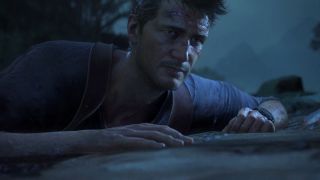
If it's not a yearly sequel, add six months to the release date
It might feel like every big game of this generation has missed its release date by at least a month, but that isn't the case. Series like Call of Duty, Madden, and Assassin's Creed have a strict yearly schedule to adhere to, and while they might shift a few weeks from time to time, you can usually count on them to release like clockwork - relatively speaking. But if the game in question isn't part of an annualized franchise, then, well, don't go planning important life events around its release date.
Many factors dictate whether a game will be delayed and how long it may be pushed back. But a delay of six months is a good, cautious estimate to keep in mind: it's long enough for the developer to apply plenty of polish, and for games that were meant to hit the holiday rush to ship in the increasingly competitive spring months, or vice versa. If no date is mentioned at all, don't anticipate a release within the year.
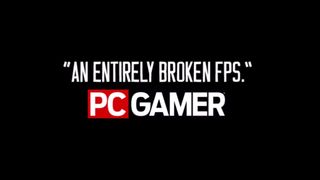
'Acclaim' can actually tell you a lot
Trailers will often throw out a few dozen quotes with positive-sounding phrases like 'breathtaking' or 'a must-play' in rapid succession, trying to give you the impression that the game has received unanimous praise from critics. But it's a good idea to apply some skepticism to whatever marketers tell you about their product, even when they quote a publication or person you trust to make their point.
Thankfully, you can still learn a lot from the 'acclaim', even if it's not quite what the marketers intended. Are the quotes mostly one or two words, or do they use a lot of ellipses? If so, the source of that quotation probably doesn't sound quite as congratulatory when read in full. On the other hand, if you don't recognize any of the sources - or perhaps you do, but not for their game coverage - you can conclude that the people cutting the trailer had to widen their search a bit to find positive snippets.

Just because a trailer has a great tone doesn't mean the game does, too
Rather than setting up important characters or events, some trailers are intended more to establish a certain tone. Dead Island's famed CGI trailer did little more than tell you that this is a game on an island with zombies in it, but its shocking imagery and reverse-spliced chronology did a phenomenal job portraying a bleak, hopeless atmosphere. Unfortunately, Dead Island's zombie-slaying loot-em-up action did little to follow through on that tone. That's an extreme example, but many other games have had their thematic ambition (or lack thereof) shown up by their own trailers.
On the other hand, if you find the video's tone immediately off-putting, you can go ahead and take it as a red flag. For instance, this Yaiba: Ninja Gaiden Z trailer, which (when it's not awkwardly cackling) talks about mixing hot sauce and testicles, was fairly faithful to the feel of the game itself. That is to say, pointlessly vulgar and lewd.

The mute button was made for unwanted music
Gears of War's "Mad World" production remains one of the most surprisingly impactful trailers ever made. It's attracted plenty of imitators since it first aired in 2006, many of whom took cues from how it introduced Marcus Fenix as both vulnerable and an ass-kicker, and the world of Sera as a place of broken beauty. Unfortunately, not every unlikely game-and-music pairing works equally well.
The good news is that, if a trailer's breathy cover of "Everybody Wants to Rule the World" doesn't suit your musical tastes, you can pretty safely hit the mute button. Music video-styled trailers almost never include significant dialogue or sound effects, and when they do, it's easy to tell from the on-screen action, giving you plenty of time to unmute it.

Stage stunts are just there to get your attention
You can only watch so many gun-wielding characters wage a desperate war against a seemingly insurmountable enemy before they all start to blend together. No matter how well-made they are, trailers released in and around E3 all have a difficult task in holding on to your attention. Rather than distinguishing their games solely through unique gameplay snippets or impressive visuals, some companies choose to add a little something extra around the edges of their presentations.
That's why EA prefaced its introduction of NBA Live 14 with a minute-long slam poetry session about dribbling, and why the reveal trailer for The Division took several minutes to introduce Operation Dark Winter, a US government study that explored if and how society would break down in the event of a biological weapon attack. These attention-grabbing stunts are usually only tangentially related to the game itself, so feel free to grab a snack or check Twitter while you wait for the relevant part to begin.
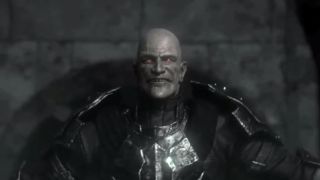
Everything is subject to change
By their nature, work on big, fancy trailers has to begin many months before their planned debut. But since huge changes often come about in the span of weeks in game development, that means promotional materials may end up not being completely accurate to the current state of production. Unfortunately, you can't push back the release of an E3 trailer the same way you can push back the actual game (or else it wouldn't be much of an E3 trailer).
Thus, placeholder assets or other outdated material will frequently appear in promotional videos. That was likely at least part of the reason why Middle-earth: Shadow of Mordor's Black Hand of Sauron was depicted as a tall, bald guy with a pointy face and a vaguely English accent in this trailer at E3 2014. But when the game launched in September, just a few months later, his nose and chin had receded a few inches, and he'd traded the orc-ney accent for the familiar voice of Nathan Drake, Desmond Miles, and The Penguin - Nolan North.

I got a BA in journalism from Central Michigan University - though the best education I received there was from CM Life, its student-run newspaper. Long before that, I started pursuing my degree in video games by bugging my older brother to let me play Zelda on the Super Nintendo. I've previously been a news intern for GameSpot, a news writer for CVG, and now I'm a staff writer here at GamesRadar.
